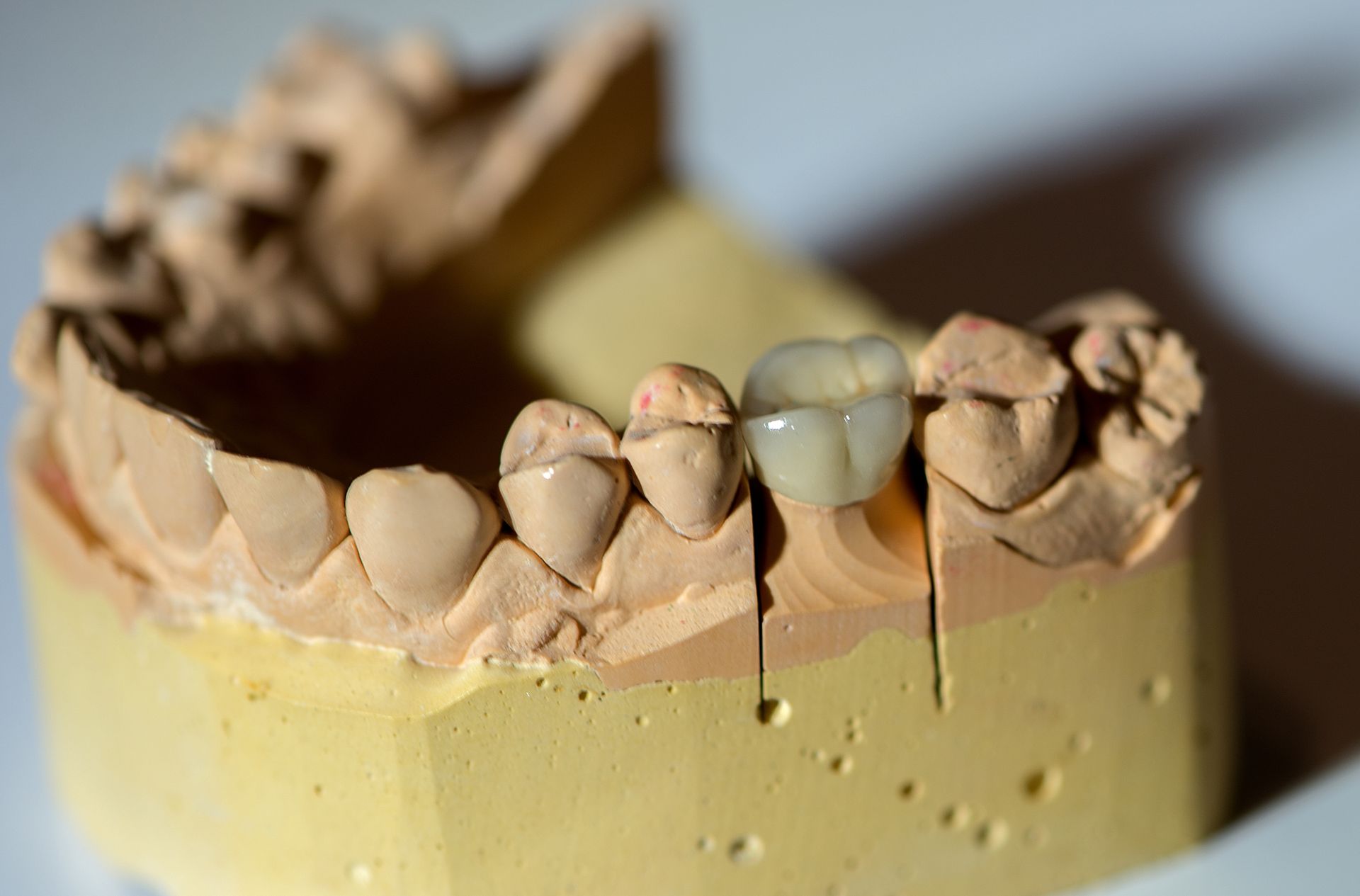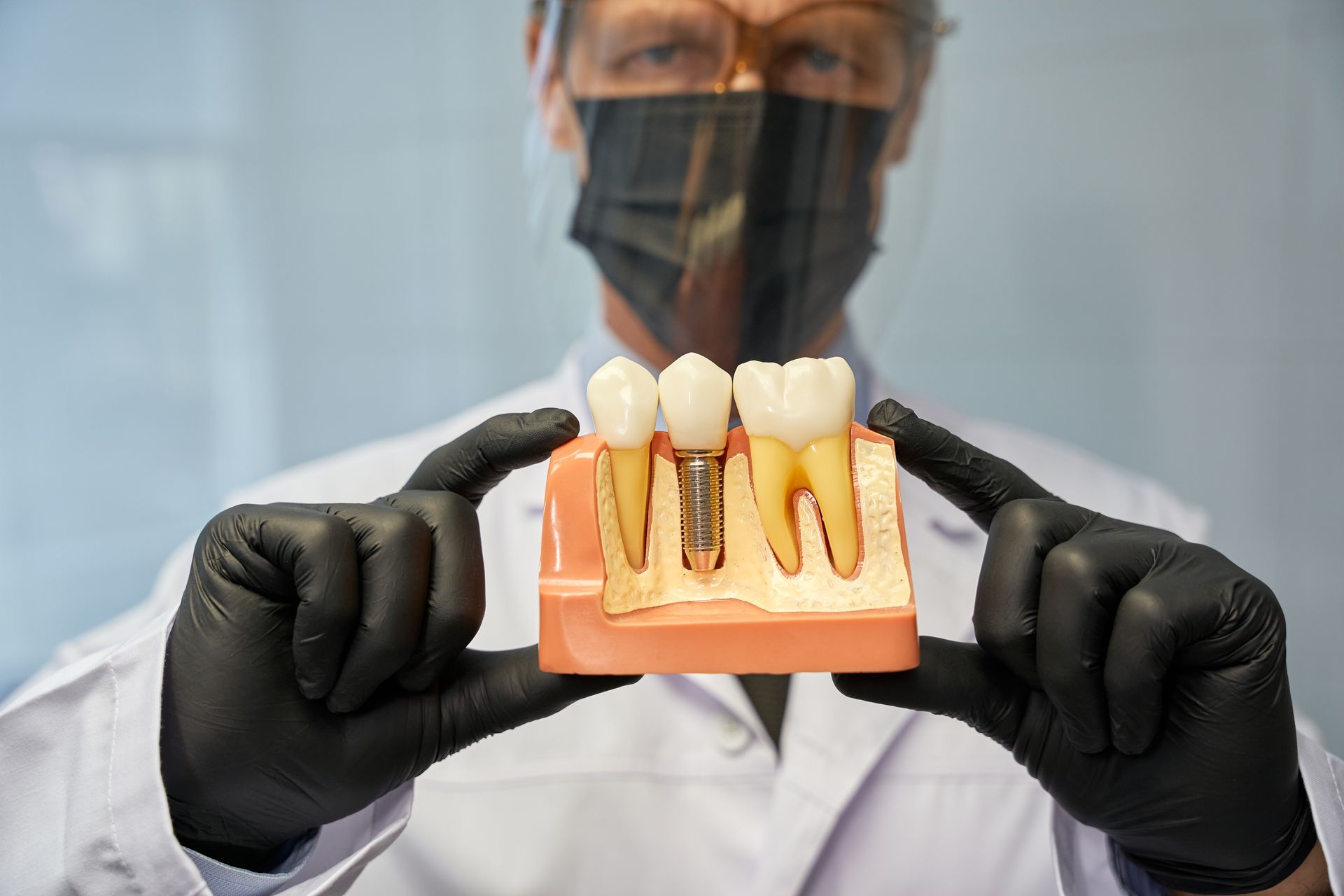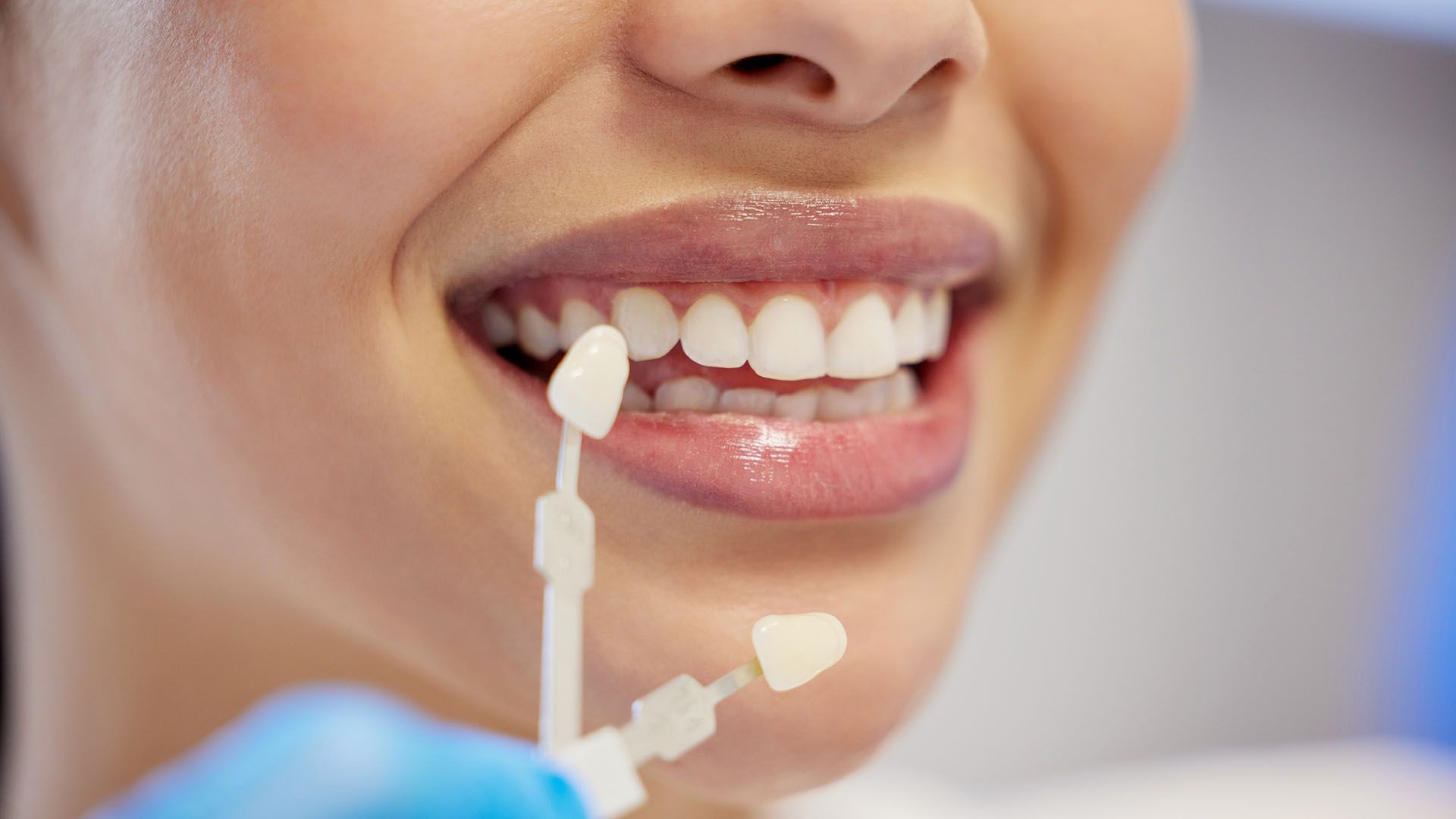Does a Teeth Deep Cleaning Hurt? What to Expect

With modern numbing, most people feel pressure and vibration, not sharp pain during a deep teeth cleaning (scaling and root planing). Afterward, you may have tender gums and tooth sensitivity for a few days, which you can manage with simple home care.
This article is written by the clinical team at Ufberg Dental, PC, where we perform deep cleanings every week for patients with early to moderate gum disease. Our dentists and hygienists use gentle techniques, local anesthesia when needed, and evidence-based aftercare to keep you comfortable. We’ve combined our hands-on experience with current best practices to give you clear, practical guidance, no sales pitch, just straight answers.
What Is a Deep Teeth Cleaning?
A deep teeth cleaning treats gum disease below the gumline. It’s different from your regular six-month cleaning because it targets plaque and tartar (calculus) that have built up on tooth roots and in periodontal pockets, the spaces that form when gums pull away from teeth due to inflammation.
Deep Cleaning vs Regular Dental Cleaning
- Regular cleaning (prophylaxis): Removes plaque and tartar
above the gumline. It’s preventive.
- Deep cleaning (scaling and root planing): Cleans
above and below the gumline and
smooths the tooth roots to help gums reattach and heal. It’s therapeutic.
If your dentist measures pocket depths of 4 mm or more, sees bleeding on probing, or finds tartar under the gums on X-rays, a deep cleaning is usually recommended.
What Happens During the Procedure (Scaling & Root Planing)
- Evaluation: We review X-rays, measure pocket depths, and map where buildup exists.
- Numbing (if needed): We use a
topical gel first, then
local anesthesia to numb the areas being treated.
- Scaling: Using ultrasonic instruments and hand tools, we remove plaque and
hardened tartar from the tooth surfaces and root surfaces.
- Root planing: We
smooth the root so bacteria can’t stick as easily and your gums can heal.
- Irrigation & polish: We may rinse with an antimicrobial solution and polish exposed areas.
- Home care plan: You’ll get personalized instructions for brushing, flossing, and any special rinses.
Deep cleanings are often done in two visits (right side, then left), each lasting about an hour, depending on how much buildup there is.

Does a Deep Cleaning Hurt During the Procedure?
Most patients say no, it doesn’t hurt, they feel pressure, scraping, and vibration, but not sharp pain.
Use of Local Anesthesia or Numbing Gel
- Topical gel reduces the sting from injections.
- Local anesthesia (the same kind used for fillings) blocks pain in the treated area.
- If you have dental anxiety or very sensitive gums, we can discuss
nitrous oxide (laughing gas) to take the edge off.
What Most Patients Feel During Treatment
- Common sensations: Pressure, cool water spray, a “buzzing” vibration, and some tugging at the gums.
- Uncommon: Sharp pain, if you feel it, tell us. We’ll pause and add more numbing. Your comfort is the priority.
How You Might Feel After a Deep Cleaning
Mild discomfort is normal for a short time while tissues heal.
Common Post-Treatment Symptoms (Tenderness, Sensitivity)
- Gum tenderness or soreness for 24–72 hours
- Tooth sensitivity to cold or sweets for a few days to a couple of weeks
- Slight bleeding when brushing the first day or two
- Gum swelling may occur if pockets were deep, but it typically settles quickly
- A
“longer-tooth” feeling as swollen gums shrink back to a healthier shape
How Long Discomfort Typically Lasts
- Most soreness: improves within
2–3 days
- Sensitivity: can last
up to 2 weeks, gradually fading
- As gums heal and inflammation drops,
tenderness and bleeding decrease
Pain Management and Recovery Tips
You can make recovery smooth with a few simple steps.
At-Home Remedies for Relief
- Over-the-counter pain relief: Take
ibuprofen or
acetaminophen as directed (if safe for you).
- Warm saltwater rinses: Mix ½ teaspoon of salt in a cup of warm water. Rinse gently
2–3 times daily for the first 48 hours.
- Desensitizing toothpaste: Use a
potassium nitrate or
stannous fluoride toothpaste twice daily to reduce sensitivity.
- Soft brush & gentle technique: Brush with a
soft-bristled toothbrush; don’t scrub.
- Antimicrobial rinse: If prescribed, use
chlorhexidine or a recommended mouthwash as directed.
- Ice pack (outside of cheek): 10 minutes on, 10 minutes off for the first day if you feel puffy or sore.
What to Eat and Avoid After Treatment
- Best choices (first 24–48 hours): Yogurt, eggs, smoothies (not icy cold), pasta, rice, cooked veggies, soft proteins.
- Avoid: Very hot, spicy, acidic, or crunchy foods; seeds and nuts that can lodge in healing gums;
alcohol and
smoking/vaping (they slow healing).
- Temperature tip: Choose
lukewarm foods and drinks to limit sensitivity.
When to Call Your Dentist About Pain
Reach out if you notice any of the following:
- Pain that worsens after 72 hours instead of improving
- Heavy bleeding, large swelling, or
pus
- Fever or feeling unwell
- A
sharp edge or rough spot that doesn’t settle, sometimes a quick polish helps
Who Typically Needs a Deep Cleaning?
Deep cleanings are designed for people showing early to moderate gum disease (gingivitis progressing to periodontitis).
Signs of Gum Disease That May Require Treatment
- Red, puffy gums that
bleed when brushing or flossing
- Bad breath that doesn’t improve with brushing
- Receding gums or teeth looking longer
- Sensitivity to cold or touch
- Tartar buildup visible along the gumline
- Pocket depths of 4 mm or more on exam
If left untreated, gum disease can lead to bone loss, loose teeth, and eventual tooth loss.
Why Deep Cleanings Are Important for Oral Health
- Remove
bacterial biofilm and hard tartar from root surfaces
- Reduce inflammation and help gums reattach to teeth
- Lower pocket depths, making daily cleaning easier
- Improve
breath and
reduce bleeding
- Protect your long-term
gum and bone health
Final Thoughts on Pain and Deep Dental Cleanings
- During the procedure: With
numbing, most patients feel
pressure and vibration, not pain.
- After the procedure: Expect
mild soreness and sensitivity for a few days, manageable with
OTC pain relief, gentle care, and
saltwater rinses.
- Big picture: Deep cleaning treats the
source of gum inflammation, helping prevent future problems like
bone loss and
tooth loss.
If you’re worried about discomfort, tell your dental team. We can tailor anesthesia, adjust technique, and give you a step-by-step plan to stay comfortable.
Have questions about
deep dental cleaning pain or
post-cleaning sensitivity? Contact
Ufberg Dental, PC for a quick evaluation and a personalized comfort plan. We’ll review your gum health, explain options for
numbing during deep cleaning, and give clear, simple steps for
healing after deep cleaning, so you know exactly what to expect.






